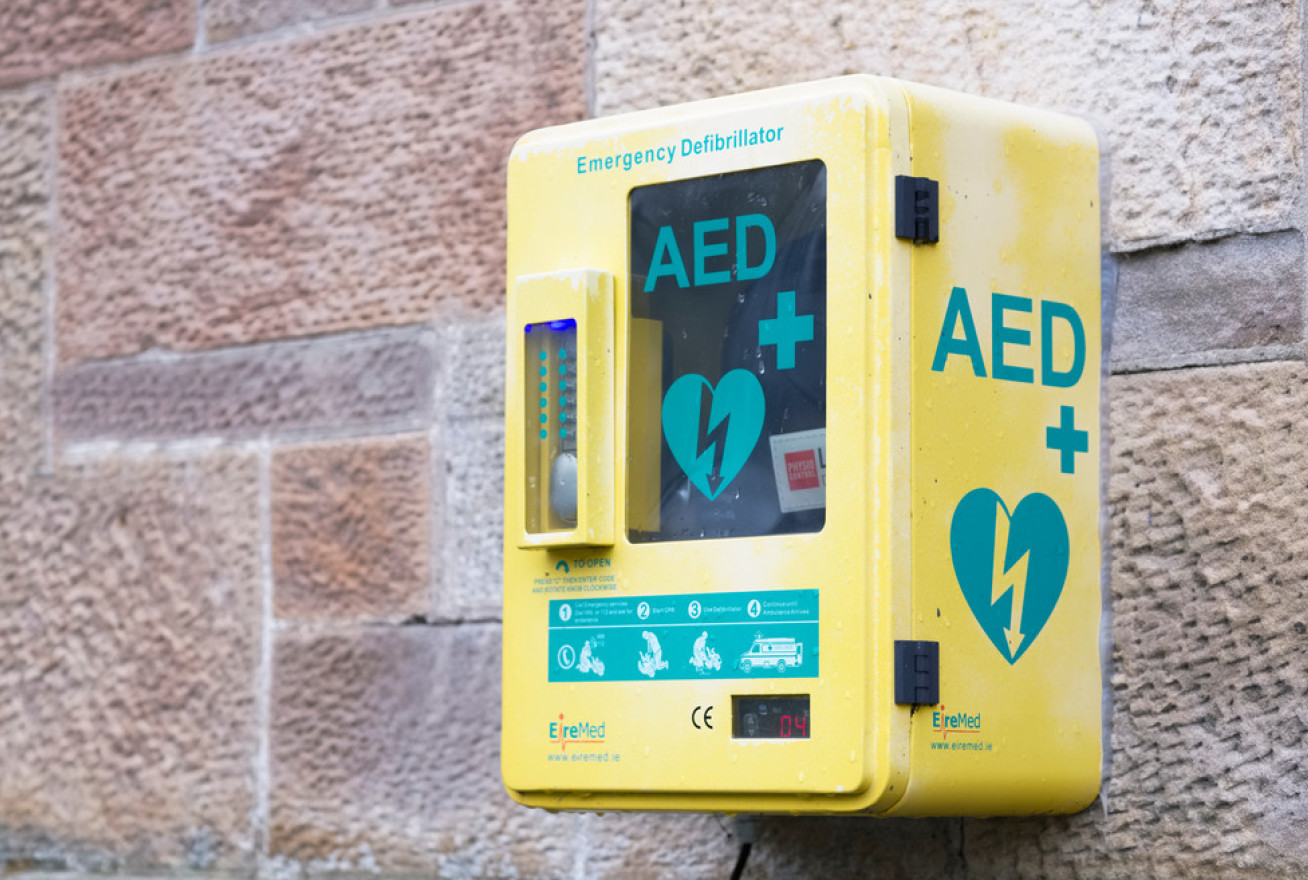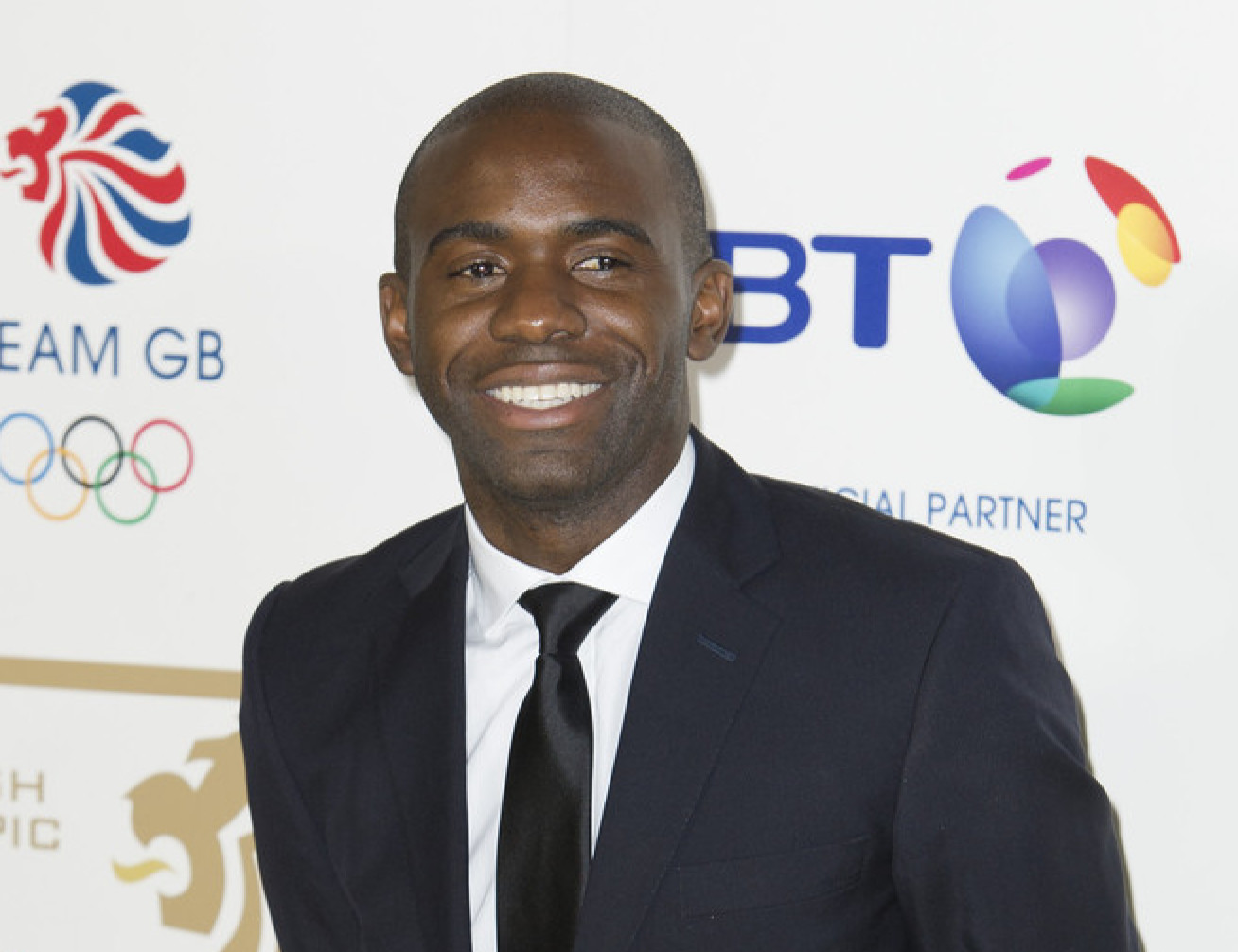Footballer cardiac arrest sparks renewed calls for defibrillators at grounds

Campaigners have renewed calls for more defibrillators to be made available following the cardiac arrest of a footballer during Euro 2020.
Football fans watched in horror when Danish Striker Christian Eriksen collapsed on the pitch, during a European Championship game against Finland last week.
Eriksen had suffered a cardiac arrest - where the heart suddenly stops pumping blood, causing someone to lose consciousness and stop breathing.
"This shocking event was a stark reminder that a cardiac arrest can strike anyone, anywhere and anytime, without warning and even be the first sign of a heart problem.” Dr Sonya Babu-Narayan Imperial's National Heart and Lung Institute, and Associate Medical Director, British Heart Foundation
The 29-year-old's life was saved by the rapid medical treatment he received. A combination of cardiopulmonary resuscitation (CPR) and a defibrillator (a device that delivers an electric shock to the heart), meant he was conscious by the time he was carried off the pitch.
Team doctor Morten Boesen confirmed these actions were lifesaving: “he was gone”, Boesen told press after the incident, but "we got him back after one defib...that’s quite fast”.
Eriksen is reported to be in a stable condition, and has since had a medical device implanted to stabilise his heart rhythm.
With 12 people under the age of 35 dying each week in the UK due to sudden cardiac arrest, researchers at Imperial's National Heart and Lung Institute are at the forefront of developing new tests and treatments for undiagnosed heart conditions.
Here they explain why sudden cardiac arrests happen, how Imperial scientists are helping save more lives from heart conditions - and why more public places urgently need defibrillators.
How to re-start a heart
Defibrillators are devices which give an electric shock to the heart of someone who is in cardiac arrest, via pads or paddles applied to the chest. This shock, called defibrillation or ‘defib’, can help to restore the heart’s rhythm.
“Eriksen is reported to have had cardiac arrest due to ventricular fibrillation,” explains Dr Zachary Whinnett, Reader in Cardiac Electrophysiology within Imperial’s National Heart and Lung Institute. “This is where the heart effectively stops beating because of a heart rhythm disturbance affecting the ventricles, which are the main pumping chambers of the heart.”
“Defibrillators can be life-saving as they can restore the heart’s normal rhythm,” he adds. "The sooner the treatment is delivered the better the chance the shock will be successful.”

Dr Whinnett explains around about 2 in 100,000 athletes under the age of 40 each year suffer a cardiac arrest.
People who are at high risk of sudden cardiac death may be offered an implantable defibrillator which can rapidly treat ventricular arrhythmias - such as as Eriksen, as well as current Netherlands defender Daley Blind, who has had a cardiac implant since 2019.
With a cardiac arrest, time is everything. It is estimated that the chances of survival are 50% greater if defibrillation is delivered within the first 2 minutes Dr Fu Siong Ng Imperial's National Heart and Lung Institute
Dr Fu Siong Ng, Consultant Cardiologist and Clinical Senior Lecturer at Imperial's National Heart and Lung Institute, echoes why timing is so crucial: "With a cardiac arrest, time is everything. It is estimated that the chances of survival are 50% greater if defibrillation is delivered within the first 2 minutes following the onset of cardiac arrest.
"During cardiac arrest, the heart muscle and brain are not receiving any blood or oxygen, and these organs can rapidly deteriorate over minutes under such conditions. The more delayed the defibrillation, the poorer the chances of survival."
The recent incident at Euro 2020 echoes that of former Bolton Wanderers midfielder Fabrice Muamba, who was revived by medics using defibrillators after collapsing on the pitch with cardiac arrest during a Premier League game in 2012.
Muamba has since campaigned for defibrillators to be made available in public spaces across the UK, including shops and gyms.

“Sadly the first presentation of these events is often with sudden cardiac death, which is why it is so important that people are trained in performing CPR and that there is access to defibrillators which are used to restart the heart,” explains Dr Whinnett.
“Knowing how to do CPR is really important and can be lifesaving and can prevent injury to the brain and other major organs. Early access to defibrillators is also vital as the defibrillator allows the heart to be restarted.”
Dr Ng echoes this: "We need more automated external defibrillators (AEDs) installed at public places so that prompt defibrillation can be delivered to anyone who has a cardiac arrest in a public space."
12 young people die every week
Around 12 young people (aged under 35) die every week in the UK from an undiagnosed heart condition, explains Dr Siong Ng: "A significant proportion of these are due to inherited cardiac conditions such as cardiomyopathies (abnormalities of heart muscle function) or channelopathies (abnormalities of electrical function of the heart), which are undiagnosed at the time of cardiac arrest.
Other causes include inflammation of the heart (myocarditis) and a heart attack due to a blocked artery (myocardial infarction)."
Dr Ng, who inserts implantable defibrillators into heart patients, adds that testing close relatives of an individual can help identify others at risk: "Screening of close relatives, using heart ultrasound (echocardiogram) and electrical heart tracing (electrocardiogram) can help to identify some, but not all, individuals at potential risk.
There is still a need for further research to try to improve our understanding of the causes of sudden cardiac death and to allow us to better predict who is at risk Dr Zachary Whinnett Imperial’s National Heart and Lung Institute
"However, even if someone has been diagnosed with an inherited cardiac conditions, it is very difficult to predict an individual’s risk of developing cardiac arrest in the future. This is a real challenge and is the subject of research by many groups around the world, including our own group here at Imperial."
Dr Whinnett adds that Imperial is investigating the causes behind sudden cardiac death: “There is still a need for further research to try to improve our understanding of the causes of sudden cardiac death and to allow us to better predict who is at risk.”
“We are doing research at Imperial to develop safer more effective implantable cardioverter defibrillators and developing tools to better identify people at risk of developing sudden cardiac death, which we hope will ultimately save more lives.”
'Every second counts'
Dr Sonya Babu-Narayan, Reader in Adult Congenital Heart disease, within Imperial’s National Heart and Lung Institute and Associate Medical Director at the BHF said: "This shocking event was a stark reminder that a cardiac arrest can strike anyone, anywhere and anytime, without warning and even be the first sign of a heart problem.”
“If someone suffers a cardiac arrest, it’s vital they receive immediate CPR and defibrillation to give them the best chance of survival. The speed of the response for Christian Eriksen was incredibly impressive and it saved his life.”
It’s crucial that we continue to find opportunities to offer everyone training in CPR, from including it in secondary school education to teaching it in the workplace Dr Sonya Babu-Narayan
“Every second counts when someone suffers a cardiac arrest -the more of us that know how to perform CPR, the more lives that can be saved.
"At the British Heart Foundation we have seen a more than 2,000 per cent increase in people visiting our website to learn CPR and find out how to use a defibrillator. If you learn CPR you too could be a potential lifesaver one day."
"It’s crucial that we continue to find opportunities to offer everyone training in CPR, from including it in secondary school education to teaching it in the workplace, and that we make public access defibrillators readily available in the places they are needed most.
"We need research to help us better select who might need a defibrillator implanted to save their life. My research at Imperial is to find tools to answer this question for people living with congenital heart disease.”
For more information on cardiac arrest, defibrillators and CPR, visit the British Heart Foundation website.
Article text (excluding photos or graphics) © Imperial College London.
Photos and graphics subject to third party copyright used with permission or © Imperial College London.
Reporter
Ryan O'Hare
Communications Division
Kate Wighton
Communications Division
Ms Helen Johnson
Communications Division